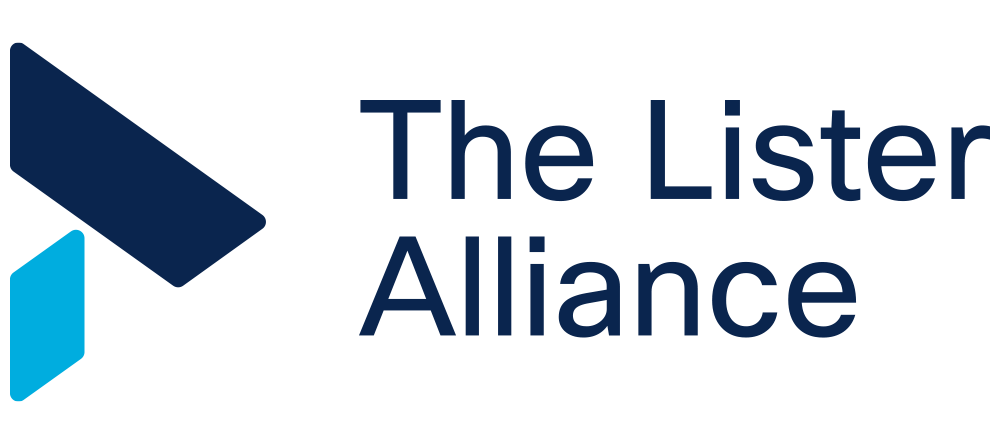The power of visibility: How asset tracking can change healthcare for the better
Searching for equipment, supplies and information can cause nurses to lose as much as 45 minutes in every 12-hour shift. It represents a huge loss of time, as well as a great source of frustration for healthcare workers.
And yet, technology exists today which could alleviate this problem.
Kontakt.io created a solution for healthcare providers to reclaim this time by using asset tracking – a means to locate equipment or medical supplies instantly.
Our goal is to use this technology to improve the efficiency of healthcare administration and operations, as well as make caregivers feel seen and valued, and enhance the overall experience for patients.
And that’s why we’re excited to partner with The Lister Alliance – to demonstrate how technology can support the future of the NHS.
Setting a new standard at the National Rehabilitation Centre
Currently under construction, the National Rehabilitation Centre near Loughborough is one of the first new build projects under the Government’s largest hospital building programme.
Excitingly, we're starting from a blank piece of paper, so there's the opportunity to enable new use cases which benefit clinicians and patients, all supported by the right IT infrastructure.
We recognise that medical device management is an ongoing challenge for all healthcare workers – from practitioners to support staff. Finding the exact piece of equipment you need in a large building can be like trying to find a needle in a haystack.
But imagine if technology did all the searching for you and told you where to go. With the help of Cisco’s network infrastructure and our Internet of Things (IoT) asset tags, we can create an indoor GPS for health workers to find exactly what they need, when they need it.
Location only goes so far – it’s no good tracking down the desired kit if it’s not in a fit state to use. That’s why we can also share information on the asset status, such as when it was last cleaned. And help to direct clinical engineering and support staff to assets in need of attention.
These insights enable healthcare professionals to be more efficient in the heat of the moment, meaning they can focus on caring for patients.
As such, the technology supports a drive for a health service which can care for more people with the same amount of resources.
We’re also exploring how wearable technology can improve the safety and wellbeing of staff. A discreet button can be worn on a staff lanyard, and quickly alerts the right people in critical moments – be that other colleagues or security.
The National Rehabilitation Centre will be an entirely new building – and with that comes a chance to set the standard for future healthcare facilities. What we learn as part of our deployment can benefit the whole NHS as it looks to embrace new healthcare technology.
Simplified infrastructure drives business outcomes
To maximise their energy efficiency and reduce waste, NHS Trusts need to understand how facilities are used – and different kinds of data are critical.
For instance, monitoring staff, patients or visitor occupancy of a particular space helps trusts understand how frequently and at what times spaces are used, and the number of people usually within them – so that the heating and cooling systems can be set efficiently.
Or it could be exploring environmental data, like temperature, humidity, and air quality – all of which are extremely important in a clinical environment. This information can indicate where air purification and filtration systems are not running optimally or highlight unusually high levels of CO2 that fall outside of wellness guidelines.
For estate managers, the information is extremely valuable. They can identify energy savings and ensure resources are used as effectively as possible across the trust.
Connecting smart hospitals
Many hospitals wanting to experience the benefits of these new and emerging technologies, have inadvertently ended up overcomplicating their network infrastructure.
We’ve often seen situations whereby a ‘secondary network’ is installed over the top of the existing one at great expense, which then becomes cumbersome to manage.
Instead, Kontakt.io’s technology is truly ‘plug and play’ with Cisco’s network - which means hospitals can maintain a simplified infrastructure. Therefore hospitals that are either already using Cisco or are looking to install, can deploy our tech over Cisco Wi-Fi quickly and at a massive scale – all under one platform.
We’re proud to be changing healthcare for the better through our work with The Lister Alliance and Cisco. For us, this partnership is about enabling the best delivery of healthcare through collaboration and open innovation. We look forward to sharing more on this project as it develops.

